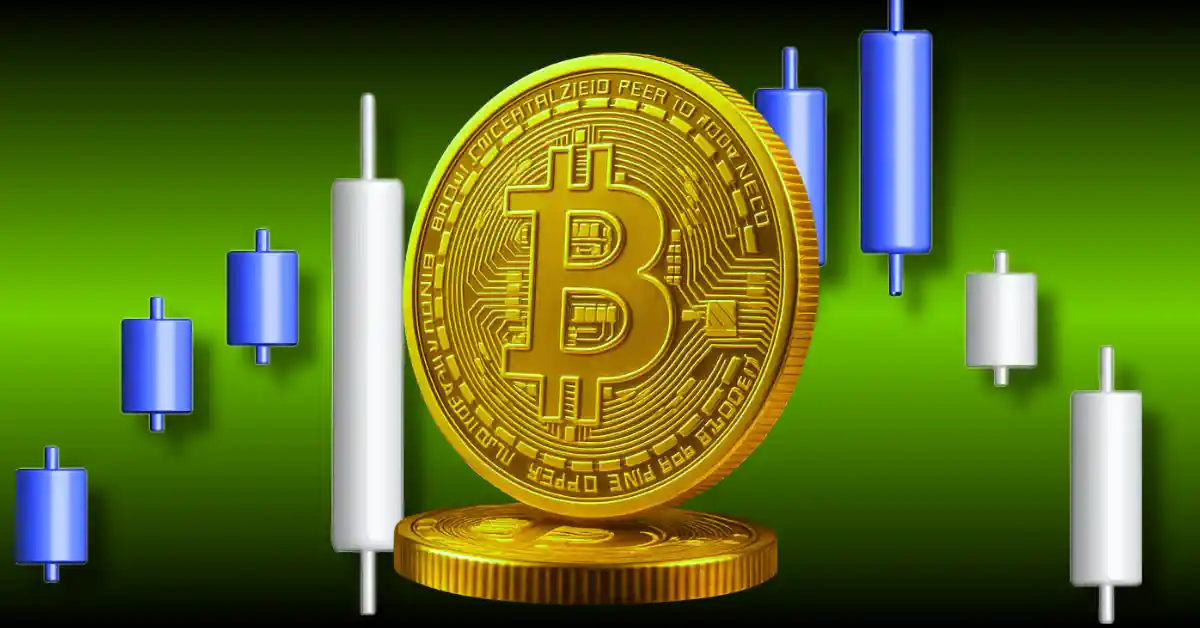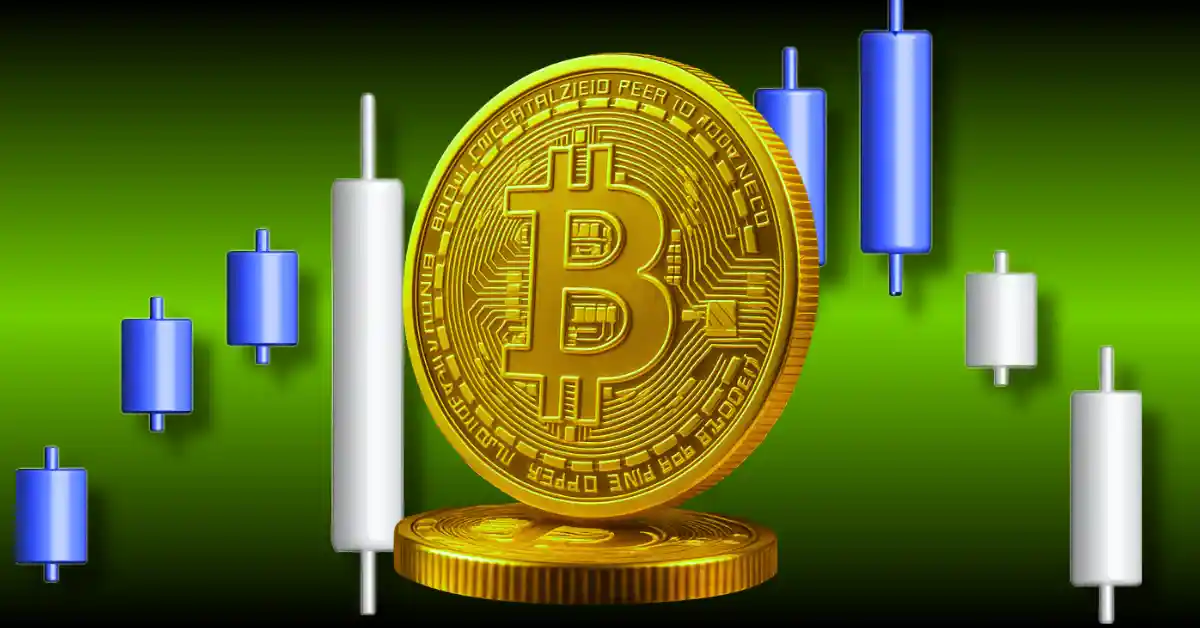The Tangled Tale of Trump’s Strategic Bitcoin Reserve: A Dream Deferred?
Donald Trump’s ambitious proposal to establish a U.S. Strategic Bitcoin Reserve marked a significant shift in his stance toward cryptocurrency, evolving from skepticism to enthusiastic advocacy. This pivot was part of a broader campaign promise to position the U.S. as a global leader in the crypto space, a move that initially energized the crypto community and sparked widespread debate. However, the path to realizing this vision has been fraught with challenges, leading many to question whether the plan is feasible or has become a political fantasy.
A Promise Forged in the Crypto Crucible
Trump’s initial skepticism toward Bitcoin was well-documented, but as the cryptocurrency’s influence grew, so did his interest. During his campaign, he pledged to roll back what he described as excessive regulations imposed by the Biden administration, framing Bitcoin as a tool to enhance U.S. economic dominance. His vision included creating a strategic Bitcoin reserve, which would centralize government-held cryptocurrency assets, including those seized through criminal or civil proceedings. This reserve was intended to mirror traditional national reserves of gold and oil, positioning the U.S. as a “Bitcoin superpower.”
The idea of a national Bitcoin reserve resonated with many in the crypto community, who saw it as a validation of Bitcoin’s legitimacy as an asset class. The proposal fueled speculation about its potential impact on the Bitcoin market and broader economic policy. However, the plan quickly faced skepticism from both within and outside the crypto industry.
Cracks in the Foundation: Challenges and Criticisms
One of the most significant challenges to Trump’s strategic Bitcoin reserve was the fundamental nature of Bitcoin itself. Bitcoin’s decentralized design, resistance to censorship, and challenge to traditional financial systems made the idea of a government-controlled reserve inherently contradictory. Prominent Bitcoin advocates argued that the very principles of Bitcoin—decentralization and resistance to government control—undermined the feasibility of such a reserve.
Beyond philosophical objections, practical challenges loomed large. Economists warned that national reserves of cryptocurrency could introduce economic instability due to Bitcoin’s volatility and susceptibility to market manipulation. The lack of established regulatory frameworks further complicated the prospect of managing Bitcoin as a national asset. Additionally, the plan lacked congressional support, raising doubts about its ability to materialize.
The Executive Order: A Symbolic Gesture?
Trump’s executive order to establish a strategic Bitcoin reserve was a step toward formalizing the idea, but it fell short of outlining a concrete plan for acquiring and managing Bitcoin. The order primarily directed the administration to evaluate the potential for a national digital asset stockpile, leaving many in the crypto community disappointed. The lack of decisive action suggested that the initiative was more symbolic than substantive, further eroding confidence in its potential impact.
Bitcoin’s Price Reaction: A Lack of Confidence
The market’s reaction to Trump’s pronouncements and the subsequent executive order was telling. Bitcoin’s price initially surged on the news, driven by speculation and excitement. However, this surge was short-lived. As the details of the plan emerged, revealing its tentative nature, Bitcoin’s price corrected, reflecting the market’s skepticism. Some reports even indicated that Bitcoin plunged after the strategic reserve news, underscoring the disappointment with the lack of tangible progress.
The XRP Twist: Diversification or Dilution?
Adding to the complexity, Trump’s rhetoric expanded beyond Bitcoin to include other cryptocurrencies, such as XRP, Solana (SOL), and Cardano (ADA). This shift raised questions about the focus and purpose of the reserve. While diversification could potentially mitigate risk, it also diluted the central idea of a Bitcoin-centric strategic asset. The inclusion of other cryptocurrencies, some of which face regulatory uncertainty, further complicated the task of creating a coherent and effective digital asset reserve.
The ‘Made in USA’ Bitcoin Promise: An Unrealistic Goal?
Trump’s promise to make the U.S. the ‘crypto capital of the planet’ included a ‘made in USA’ Bitcoin, a goal that many viewed as unrealistic. A reserve currency requires a large, stable economy and political system—conditions that are not guaranteed in the volatile world of cryptocurrency. Furthermore, the idea of government control over Bitcoin contradicts the fundamental principles of decentralization upon which Bitcoin was founded.
A Legacy of Unfulfilled Promises?
As it stands, Trump’s strategic Bitcoin reserve appears to be a project mired in challenges and contradictions. While the initial promise generated significant buzz, the lack of concrete action, the inherent difficulties of integrating Bitcoin into a national reserve, and broader political and economic uncertainties have cast doubt on its prospects. The plan may ultimately be remembered as a political talking point rather than a practical policy initiative.
Conclusion: A Political Fantasy or a Seed for the Future?
Whether Trump’s strategic Bitcoin reserve is truly “dead” remains to be seen. It is more likely that the plan, in its original ambitious form, has stalled, becoming a political talking point rather than a practical policy initiative. However, the idea itself may not be entirely without merit. The conversation it sparked about the role of cryptocurrency in the global economy, the potential for governments to engage with digital assets, and the need for clear regulatory frameworks could pave the way for more nuanced and realistic approaches in the future. Perhaps, Trump’s foray into the crypto world, despite its shortcomings, will serve as a catalyst for future innovation and a more informed discussion about the potential—and the perils—of digital currencies.












